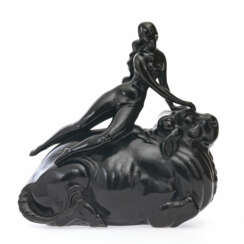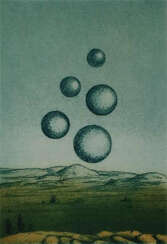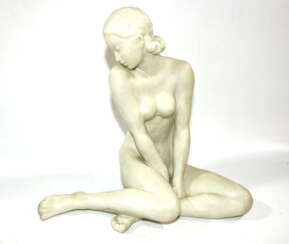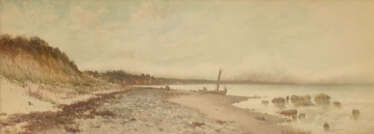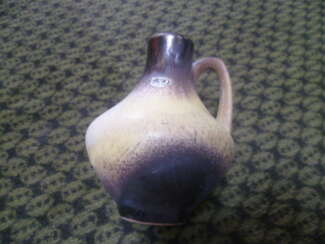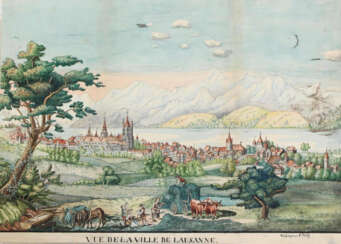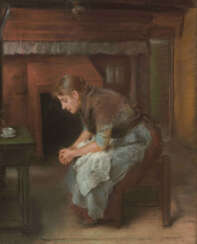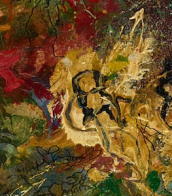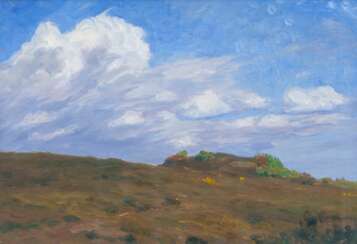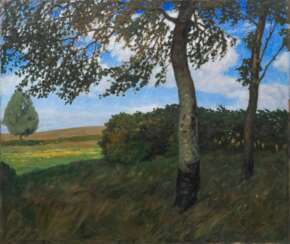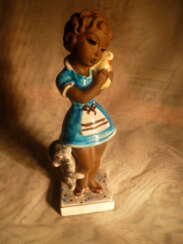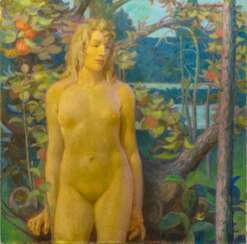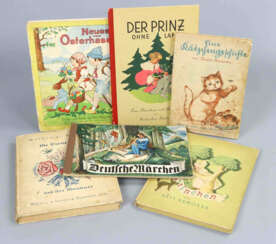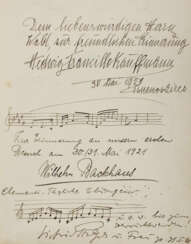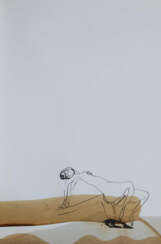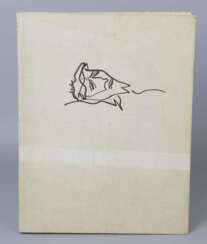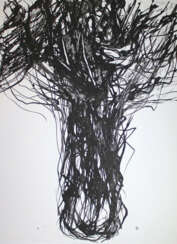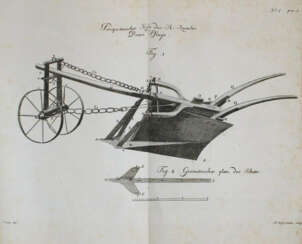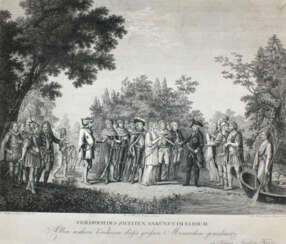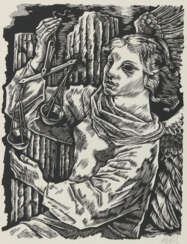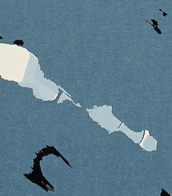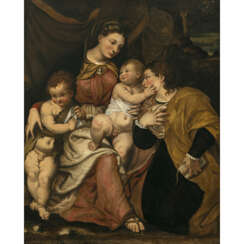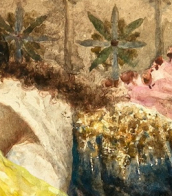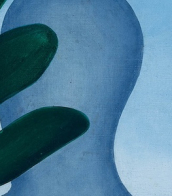24 Items by auctions and galleries:
fritz möritz
Lot 400 Fritz Behn. Europa on the bull
Fritz Behn (1878 - 1970) 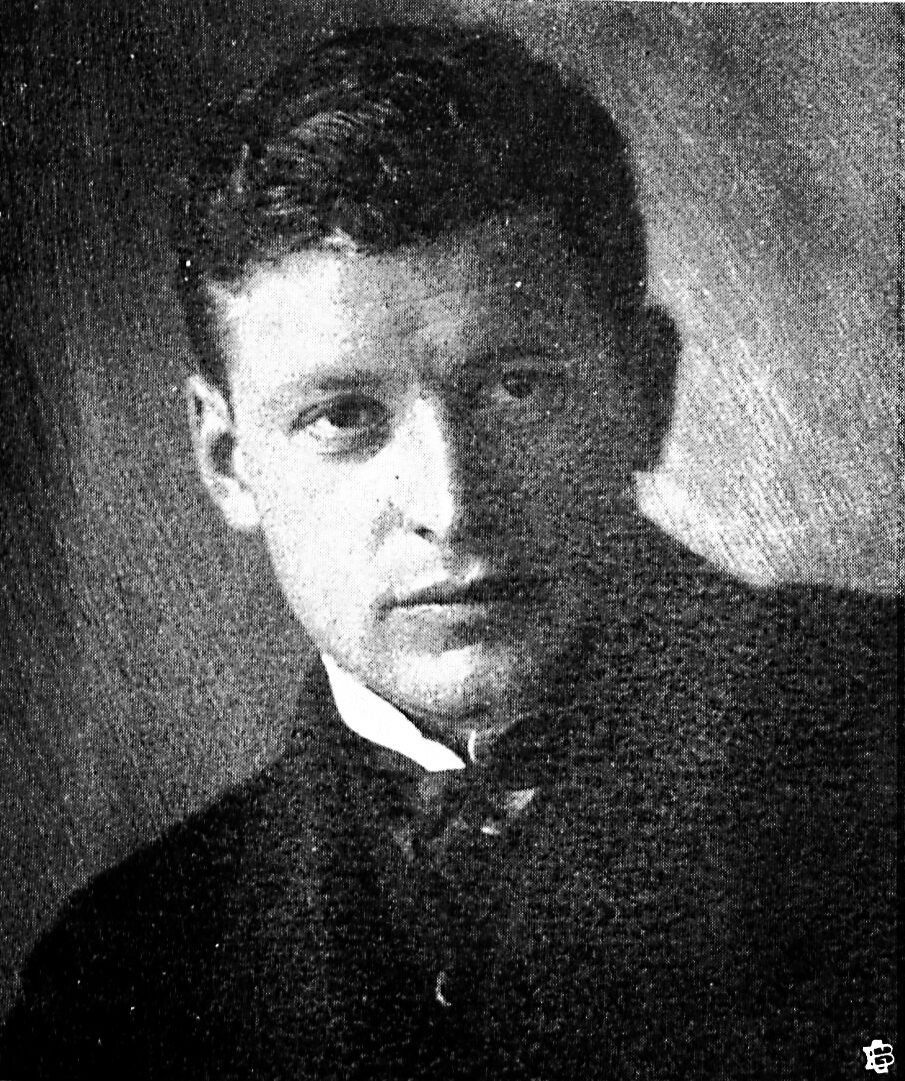 A417: Moderne und Contemporary Art
A417: Moderne und Contemporary Art 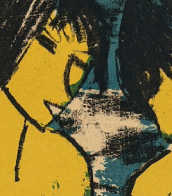

Fritz Behn
16.06.1878 - 26.01.1970
Germany
Fritz Behn, full name Max Adolf Friedrich Behn, is a German sculptor and graphic artist who became famous primarily for his sculptures of African animals. He studied at the Munich Academy of Fine Arts.
Fritz Behn was a member of the Munich Secession.

Kunstauktionshaus Neumeister
A417: Moderne und Contemporary Art
Date: 02.07.2025 17:30 UTC +02:00
Number of lots in the catalog: 95
Lot 3426 Genkinger, Fritz
Fritz Genkinger (1934 - 2017) 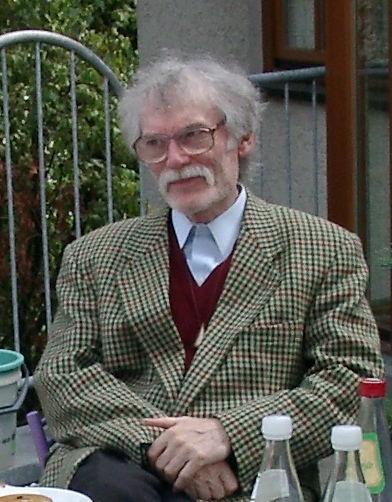 A137: Buch- und Kunstauktion 3
A137: Buch- und Kunstauktion 3 

Fritz Genkinger
17.06.1934 - 02.08.2017
Germany
Fritz Genkinger is a German artist, member of the German Association of Artists.
He participated in the 1972 Munich Olympics as a draughtsman and designed the posters for the World Championships.
A versatile creator, Genkinger was, among other things, fascinated by Bettingen marble, from which he even carved clear-sounding stone flutes.

Auktionshaus Kiefer
A137: Buch- und Kunstauktion 3
Date: 14.02.2025 10:00 UTC +02:00
Number of lots in the catalog: 1333
